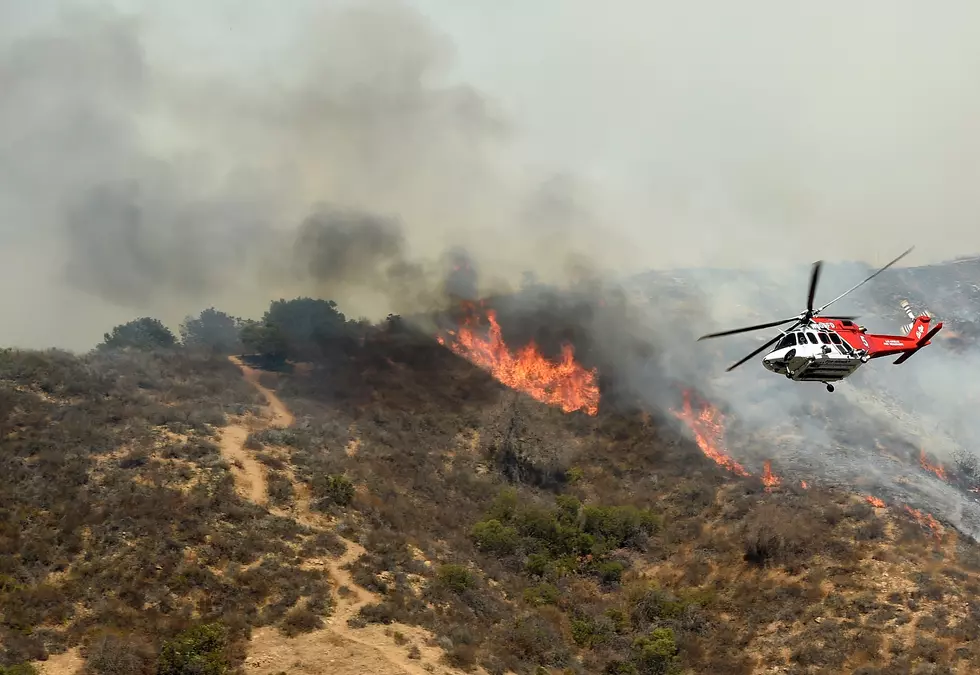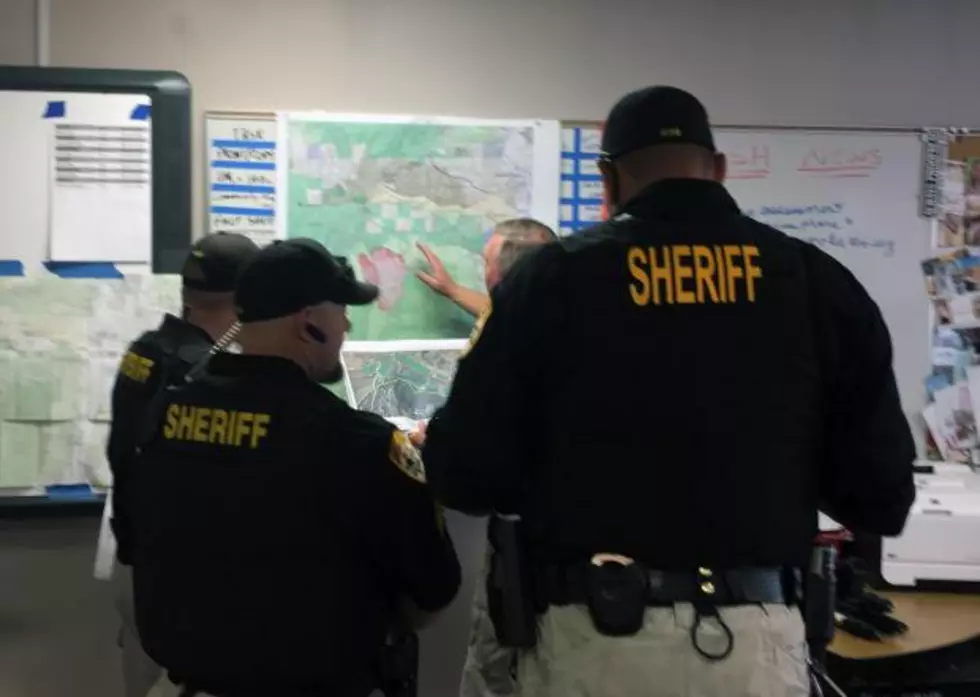
Where There’s Smoke There’s Fire
When something is wrong, a commonly used phrase is, “There’s something in the air.” Yesterday I took a drive over to Billings on business and there was definitely something in the air. SMOKE. There were two or more fires in the Gallatin area and more near Roundup. On the return trip back to Bozeman, I couldn’t see any of the beautiful southern mountain ranges that usually welcome me back home. Although forests have their own fire seasons, it’s a little early in the season for so many fires in our valley. Most of our major fires occur during the late summer after a warm, drying summer.
My personal knowledge of fire stops with lighting my fireplace without burning the house down. Living where wildfires are a yearly fact of life would prompt a normal person to find out more about them. So I did. And it would appear, that fires are far from ordinary and simple, as I had once surmised.
Phases of Fire
As we all know, several conditions have to come together for a fire to both start and survive. First we need an ignition source. Human beings seem to take care of this far more than any other cause. Many fires are started by lightning strikes and those do the most damage in terms of acreage. Next, fire needs air, without it there is no fire. Last but far from least it needs a fuel. Dry grass, leaves, pine needles, trees are all very desirable fuel sources for fires.
When forest fires start there are various conditions that can affect the fire and how damaging it will be. These “phases” determine how deadly or dangerous the fire will become.
“Crawling” Fire
Lit cigarettes thrown from a car, or campfires, and/or fireworks usually start crawling fires. They start small and escalate due to wind and the abundance of fuel accessible to the fire. They crawl across the ground in low profile while building strength much like tropical storms grow into hurricanes.
The Fire “Crowns”
Crowning is a term that means the fire reaches the upper branches of trees jumping from one to another. This condition is extremely dangerous and people and firefighters get trapped under a crown with little chance of escape. In high wind conditions these can develop quickly and may be impossible to outrun.
“Jumping or Spot” Fires
We’ve all seen the dancing embers floating up into space from a campfire. In most cases these extinguish quickly. But when a fire is in full bloom burning branches and blowing leaves can help the fire jump roads and even streams and rivers. A fire may be contained in one spot only to ignite a few yards or even a few miles away.
“Smoldering” Fires
“I thought sure that fire was out.” Those are the famous last words of many campers and hikers who unintentionally start forest fires. The surface may not reveal a flame, or even smoke, but there is fire beneath the surface non-the less.
The Good and Bad of Fire
Looking at the devastation of a forest fire makes it hard to believe any good could possibly come out of one. The 1881 Thumb Fire took 250 lives and destroyed over one million acres of Michigan forest.
However, fires can be good. They clean the forest floor of dead and decaying leaves and dead trees. Fires often cause pinecones to pop sending new seeds out to replenish the forests. In 1988, Yellowstone Park had a massive fire. Devastating as that fire was, the vegetation produced just a few years later, made the park more beautiful than ever. California, Oregon, Washington, Idaho, Colorado, Wyoming and Montana are always in the news during fire season. It’s just a fact of life, hurricanes in the Gulf, tornadoes from Oklahoma to Ohio, and fires all over the Northwest.
During the summer season please be careful with campfires, fireworks during the upcoming holidays, and please support your local firefighters and smokejumpers.
More From KMMS-KPRK 1450 AM





![11.10.18 Re-Broadcast of Open for Business [Listen]](http://townsquare.media/site/8/files/2018/11/Tom-Shane-New-Promo.jpg?w=980&q=75)



